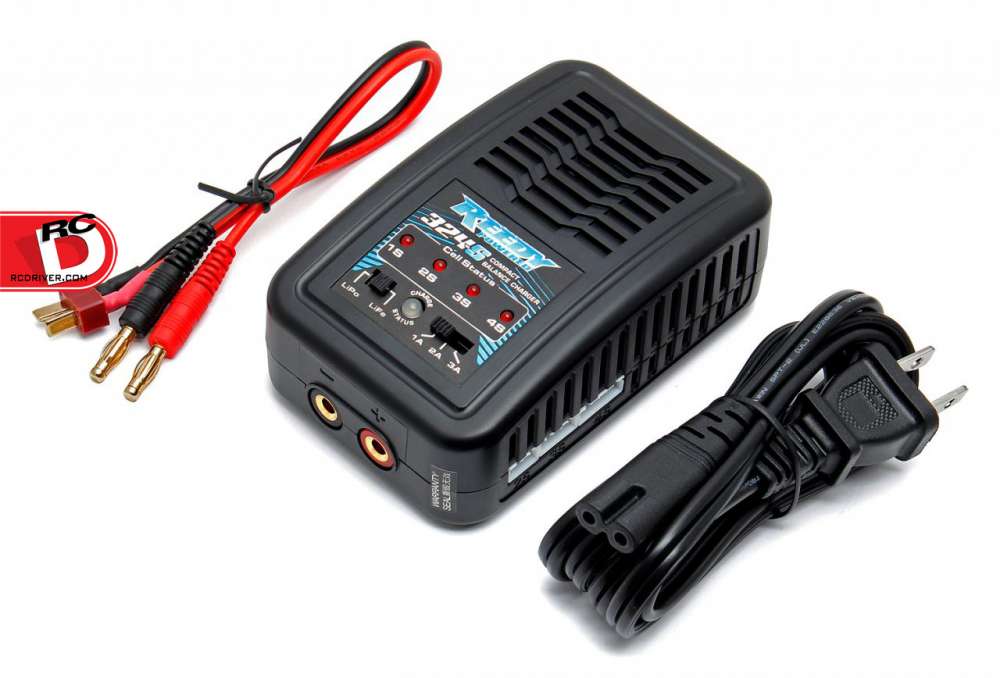Fear monger! I overheard a conversation regarding LiPo battery packs that almost came across as over the top and scary. By the end, the person asking the questions and looking to make some educated purchases, decided old style NiMH battery packs were the only option because of safety concerns. This may seem extreme to any long time RC enthusiast. The idea of a ball of fire erupting from battery packs that power what the general population may consider a toy, is enough to make any parent more than a little concerned. Is there any real basis for this fear? Do LiPo fires actually cause property damage? Are these mishaps very common? Well, there are never simple answers to topics like that. The unfortunate truth is that mistakes happen and folks do not always take the risks of LiPo’s that seriously, until they have one fail.
KNOW THE LIPO
These battery packs, when treated correctly, cared for and stored properly, are no more dangerous than many other common household items. The problems arise when things are done wrong. The outcome is that a significant failure can result from very basic mistakes or oversights. A few basic precautions and procedures that you can follow with your LiPo battery packs can ensure a long life for your batteries, improved performance overall, and safe hobby experience.
CLEAN CONNECTIONS
The condition of the battery pack, as well as the charger and all the wires should be considered first and foremost. In order for the charger’s balance circuitry and charge leads to read the battery info accurately, these connections need to be clean and intact. If you have old or worn out plugs, they should be replaced. The power leads and balance leads on the battery packs should be protected from damage at all times. If they do become damaged, get them sorted before the pack is used any further.
SAFE ZONE
Where you charge is also a major factor in overall safety. The basic rule of thumb is to always be in the same room, able to easily monitor the battery packs while they charge in a fire proof container. A box that holds the whole charger, a bag that holds just the battery pack, a bunker of bricks, simple tiles on the floor, on the concrete in the garage, wherever you charge, be sure you can see the charger and the battery pack at all times. This will ensure that if something does go wrong, you’ll be able to react immediately to the problem. Being two rooms away, or out at the track while your packs are failing only gives them more time to get to that catastrophic failure point.
GET IN BALANCE
Balance charging is a topic that comes up often when bench racing starts. Do you balance charge? What’s the point? Why bother? Does it make any real difference? Balance charging is a slower charging process that makes sure each cell in the battery pack is equal. The idea is simply that when the pack discharges, each cell has been charged equally. Balance charging also shows you whether you have a weak pack. The individual cells can deteriorate at different rates. When you balance charge, you can see this imbalance and track the battery packs. Take it easy when you use that particular pack, or at a minimum don’t use it as your primary race pack. Balance charging every single time is probably a bit over the top, but if you push your packs to their run-time limits or if they get warm when in use, you should probably start balance charging more times than not. It takes a bit longer, but your packs will thank you with a longer lifespan. If nothing else, think of this as quality assurance you can do yourself. Whether you are actually using a balance charge mode or simply have your balance plugs connected is another topic. Always, no matter what, have your balance leads plugged into your charger. Any LiPo charger worth its salt should have basic safety that monitors the cells, so that if something does go wrong, the charger stops. If your charger does not do at least this, you should find a new charger. Specific balance charge modes are a bit different and of course require balance leads to be connected as well.
SAFE STORAGE
Storing the packs between usage is another hot topic. A cool, dry, spot in a fire proof container is the most common. Ammo boxes (with a vent hole drilled in), old safes or a collection of LiPo bags are simple solutions. Most people are not fans of “sealed” boxes because if something does fail, that box becomes a pressure cooker. LiPo bags won’t usually totally prevent any fire damage, but they can limit it and allow you to store packs of similar type/style/size together.
STORAGE CHARGE
The amount of charge you should keep in your battery packs can vary a bit with your storage time. Packs that are used daily, or every other day, can be stored partially or fully charged with no real worries. The best advice is to not have fully charged packs sitting around for a long time. Getting your packs out to charge up before you leave for your RC adventure or just charging on site when you arrive is the safest option. Battery manufacturers recommend different storage charge levels and some chargers offer storage charge modes as well. Less than fully charged and more then dead is the easy rule of thumb; 50-75 percent is usually safe for most battery packs.
This also applies when you use them. If you run a pack dead, don’t leave it like that. Get some charge back into it before it is put away. Leaving packs at low voltage points hurts performance and increases the risk of the pack self-discharging to unsafe levels.
WRAP-UP
LiPo danger is real, and as with anything, common sense will go a very long way keeping you safe. Treat your packs with respect and keep them in good shape. If you troll the internet, you’ll find frightening tales of LiPo fires, lost equipment, destroyed RC’s, garages, and even houses being lost to a whoops from a LiPo user. A few simple procedures to follow each and every time will ensure you don’t become one of those stories of caution.
By Charlie Suangka
 RC Driver The Best In RC Car & Truck News, Reviews & Video
RC Driver The Best In RC Car & Truck News, Reviews & Video 









Can you post this on face book so I can share with others.
New to Lipos so here comes the silly question, with the white connector that’s attached to your lipo battery (the one you use on the balance board) if your planning on hitting a few streams or lakes does this need to be protected?